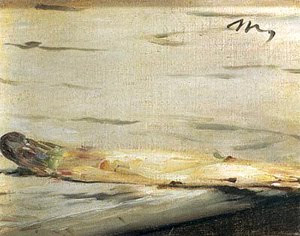Photo by Brett Melliar
I attended ArtStreet by Downtown Sacramento's art initiative, M5Arts, with a few of my fellow graduate students, two weeks ago. I got to see Art Hotel last year, a project also done by M5Arts, and this was a greater experience. Art Hotel had so many visiors that people were only allowed a ten-minute window to see every floor. ArtStreet was superior since my group and I got to leisurely explore in and around the warehouse that featured over one-hundred artists.
Section by Jason Silva and Ginger S. Thompson, 2017, wood, fabric, corrugated cardboard, and paint
Photo by Jason Silva
One of my favorite pieces at ArtStreet was an installation called Section. I was instantly overwhelmed by the size of each structure and the scale of the entire installation. Each structure felt more like a monument. It's as if I was looking up at another world that held its own gravity, with the black forms operating as moutains that pointed down towards me. The black, organic shapes attached to the white, rectangular forms also created a nice balance in their contrasting shift from one shape to the other. Easily my favorite piece from ArtStreet.
Mythos Ad Infinitum by Mehran Mesbah, 2017, charcoal and erasers on paper
Mythos Ad Infinitum by Mehran Mesbah, 2017, projected video
I was happy to come across work by my friend and part-time CSU, Sacramento teacher Mehran Mesbah. He had a projection of clouds continue to change forms as an animation, from the original sketch that was mounted on one of the walls. Mesbah's artist tag explained the piece best: "Utitlizing one of humanity's oldest recordable forms of communication, Mesbah draws, photographs, and subsequently erases this work only to repeat the process again. These actions allude to the indefinite reinterpretation of phenomena ever generation passes to the next." I'm intrigued by him taking the traditional method of illustrating on a surface as a form of communication, and recontextualizing it as a digital animation with the use of a projector.
ArtStreet was fun and I'm looking forward to seeing M5Arts' next project, ArtCity. Also, how often do you get to stick your finger in art? Not very. So I did it.
Sacramento in Living Color by Laurelle Davita
Photo by Sean Hong

























